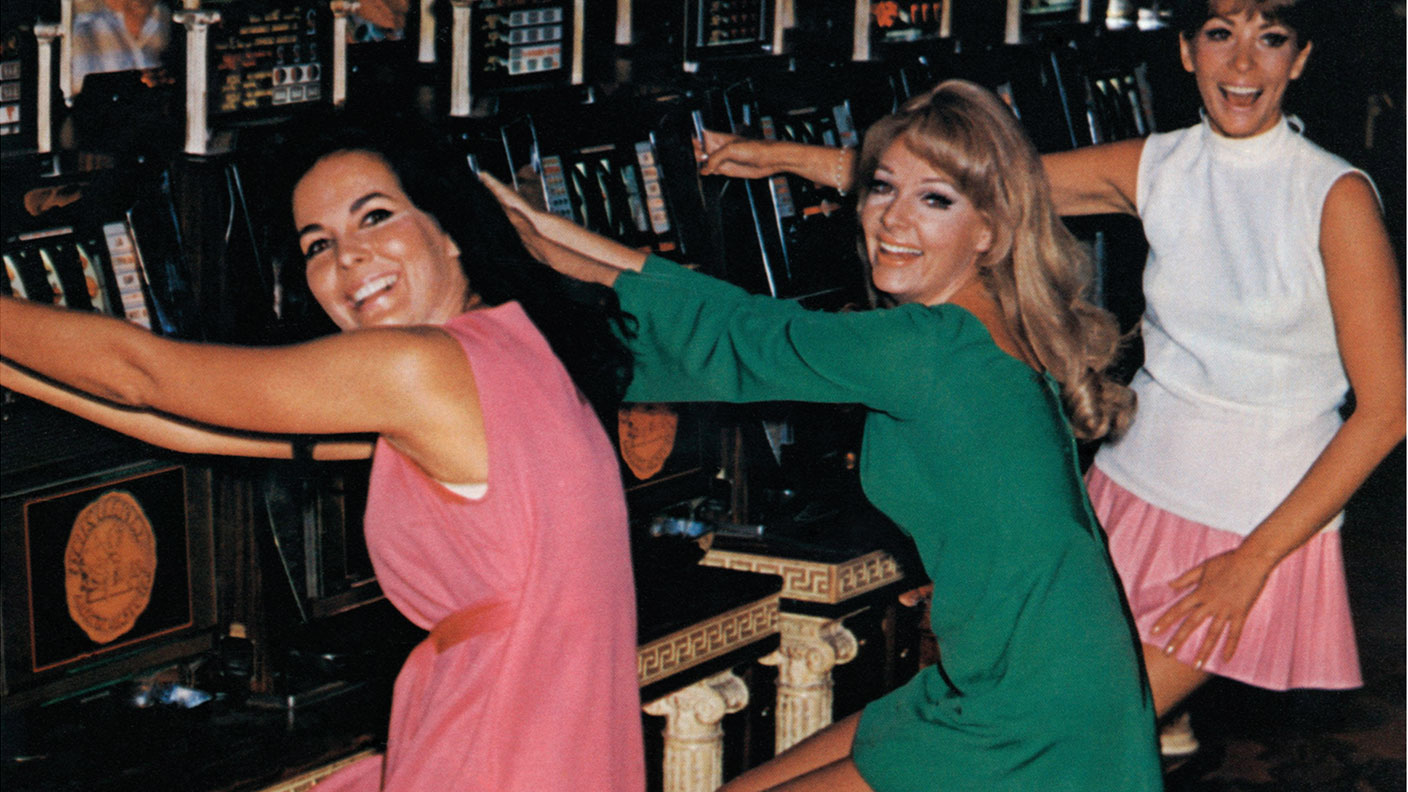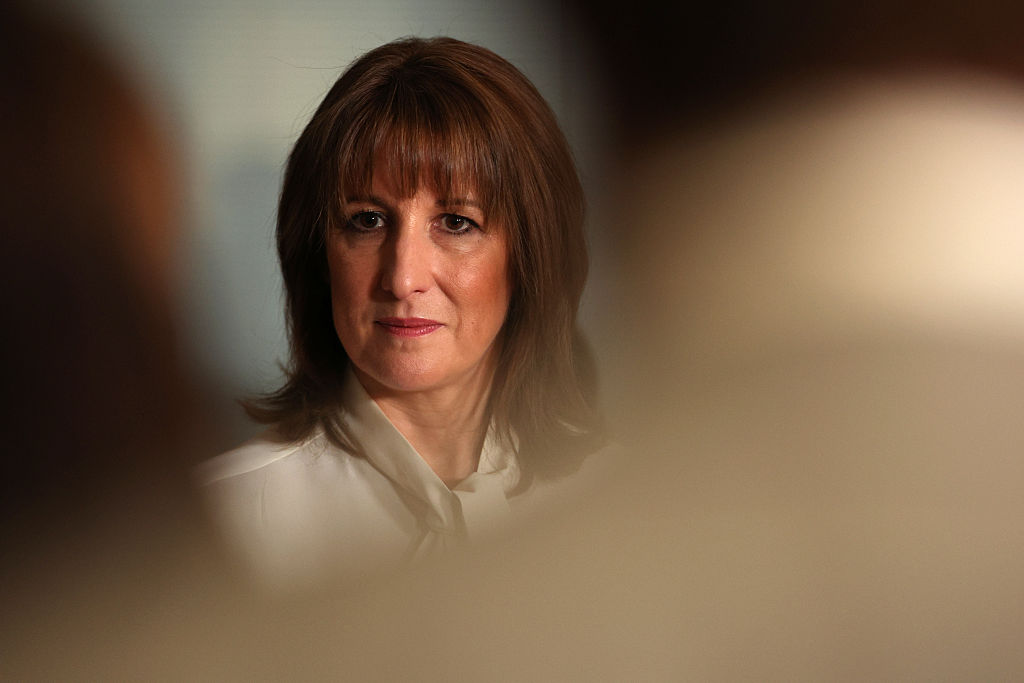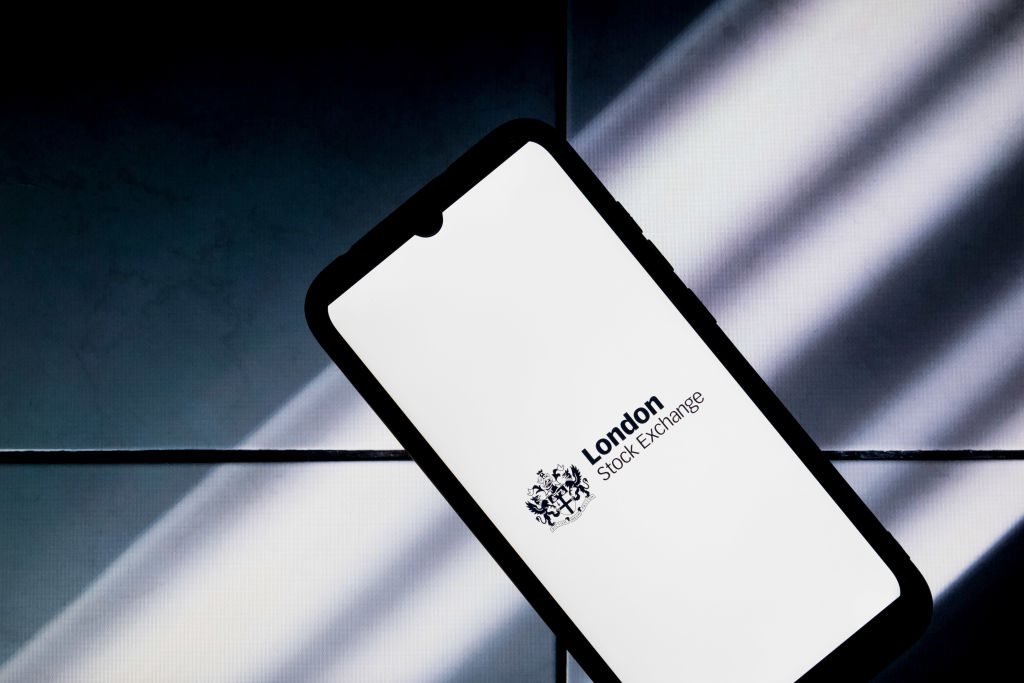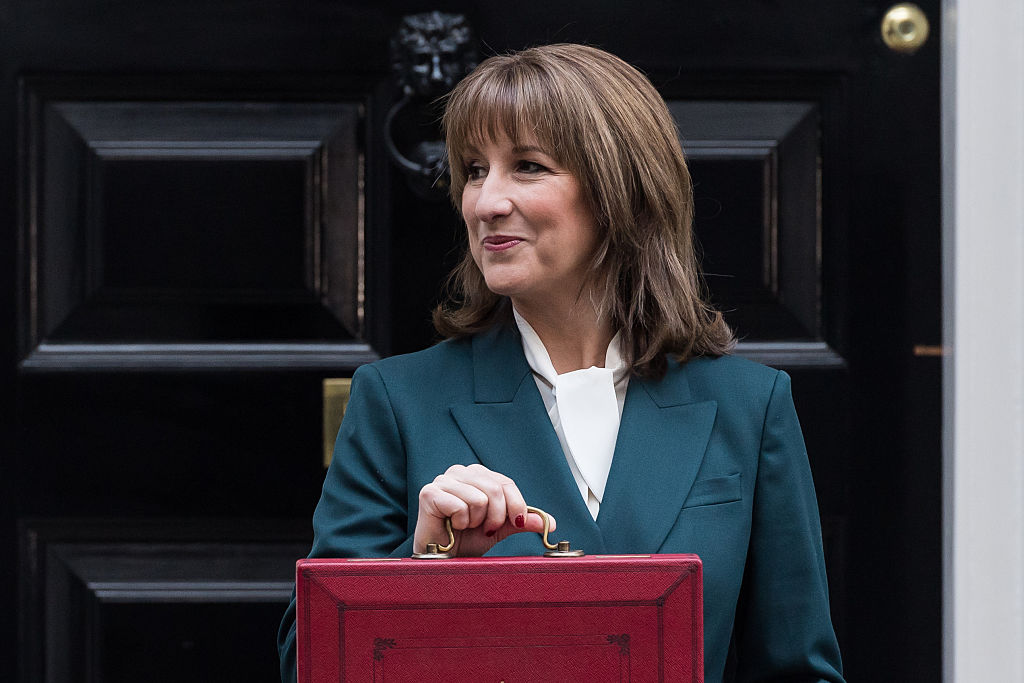The inflation scare is far from over, warns the Bank of England
The Bank of England's chief economist has warned that UK consumer price inflation will soon spike as the economy reopens, calling it a “tiger” that could prove “difficult to tame”

Is inflation a “tiger” or a “pussycat”? asks Gurpreet Narwan in The Times. Andy Haldane, the chief economist at the Bank of England, has warned that UK consumer price inflation will soon spike from its current level of 0.7% as the economy reopens. Haldane likened inflation to a “tiger” that has been “stirred by the extraordinary events… of the past 12 months”. It could prove “difficult to tame”. Not all of his colleagues agree. Deputy governor Dave Ramsden notes that UK inflation expectations (as measured by surveys) remain “well anchored” for now.
Bond markets totter
Concern about a more inflationary outlook rocked global bond markets last week. As bond prices fell, the US ten-year Treasury bond yield spiked towards 1.6%, a significant rise from the 0.9% level at which it started the year. The surge in yields hit stocks: higher bond yields prompt investors to sell shares and buy bonds. America’s tech-focused Nasdaq index plunged by 3.5% last Thursday, its worst one-day performance since October. The following day the FTSE 100 dropped by 2.5%.
The FTSE bounced back 1.3% on Monday, generating “a huge sigh of relief”, says Russ Mould of AJ Bell. Progress on Joe Biden’s $1.9trn stimulus bill (see page 10) soothed markets. Bond yields settled, with the US ten-year trading around 1.4%, calming fears that last week’s yield tantrum could precipitate an even larger rout.
MoneyWeek
Subscribe to MoneyWeek today and get your first six magazine issues absolutely FREE

Sign up to Money Morning
Don't miss the latest investment and personal finances news, market analysis, plus money-saving tips with our free twice-daily newsletter
Don't miss the latest investment and personal finances news, market analysis, plus money-saving tips with our free twice-daily newsletter
The bond yield spike shows that markets disagree with the US Federal Reserve about the economic outlook, says Eoin Treacy for fullertreacymoney.com. Fed chair Jerome Powell insists that the recovery is shaky, pointing to high US unemployment. That means interest rates will need to stay low for a long time. Investors, by contrast, increasingly think we are heading for a swift reflationary recovery. That would drive inflation higher and force the Fed to hike interest rates sooner rather than later.
Swinging back to the sixties
Expect more “turbulence”, says the Financial Times. Investors have grown so accustomed to ultra-low interest rates and quiescent inflation that even a modest shift to a “higher-rate, higher-inflation regime” could unleash “cascades of repricing” and “swingeing losses” for portfolios. “In truth, this is a good news story”; markets are anticipating a robust recovery and higher but not uncontrollable inflation. Inflation doves point out that massive quantitative easing (QE) after the financial crisis did not bring higher inflation, say Michael Bordo and Mickey Levy in The Wall Street Journal. But where that cash ended up as “excess reserves that sloshed around” the banking system, this time stimulus is far bigger and more direct – state cheques have been paid straight to US households.
“There is a long history of high budget deficits” heralding inflation; inflation began to tick up in the mid-1960s but governments on both sides of the Atlantic kept on spending, which led to crippling stagflation that blighted Western economies until the 1980s. It can be a surprisingly “short march” from low inflation back to high inflation.
Get the latest financial news, insights and expert analysis from our award-winning MoneyWeek team, to help you understand what really matters when it comes to your finances.
Alex is an investment writer who has been contributing to MoneyWeek since 2015. He has been the magazine’s markets editor since 2019.
Alex has a passion for demystifying the often arcane world of finance for a general readership. While financial media tends to focus compulsively on the latest trend, the best opportunities can lie forgotten elsewhere.
He is especially interested in European equities – where his fluent French helps him to cover the continent’s largest bourse – and emerging markets, where his experience living in Beijing, and conversational Chinese, prove useful.
Hailing from Leeds, he studied Philosophy, Politics and Economics at the University of Oxford. He also holds a Master of Public Health from the University of Manchester.
-
 Quality emerging market companies with consistent returns
Quality emerging market companies with consistent returnsOpinion Mark Hammonds, portfolio manager at Guinness Global Investors, selects three emerging market stocks where he'd put his money
-
 UK blue chips offer investors reliable income and growth
UK blue chips offer investors reliable income and growthOpinion Ben Russon, portfolio manager and co-head UK equities, ClearBridge Investments, highlights three British blue chips where he'd put his money
-
 Renewable energy funds are stuck between a ROC and a hard place
Renewable energy funds are stuck between a ROC and a hard placeRenewable energy funds were hit hard by the government’s subsidy changes, but they have only themselves to blame for their failure to build trust with investors
-
 The war dividend – how to invest in defence stocks as the world arms up
The war dividend – how to invest in defence stocks as the world arms upWestern governments are back on a war footing. Investors should be prepared, too, says Jamie Ward
-
 Did COP30 achieve anything to tackle climate change?
Did COP30 achieve anything to tackle climate change?The COP30 summit was a failure. But the world is going green regardless, says Simon Wilson
-
 Rachel Reeves's punishing rise in business rates will crush the British economy
Rachel Reeves's punishing rise in business rates will crush the British economyOpinion By piling more and more stealth taxes onto businesses, the government is repeating exactly the same mistake of its first Budget, says Matthew Lynn
-
 Leading European companies offer long-term growth prospects
Leading European companies offer long-term growth prospectsOpinion Alexander Darwall, lead portfolio manager, European Opportunities Trust, picks three European companies where he'd put his money
-
 How to capitalise on the pessimism around Britain's stock market
How to capitalise on the pessimism around Britain's stock marketOpinion There was little in the Budget to prop up Britain's stock market, but opportunities are hiding in plain sight. Investors should take advantage while they can
-
 London claims victory in the Brexit wars
London claims victory in the Brexit warsOpinion JPMorgan Chase's decision to build a new headquarters in London is a huge vote of confidence and a sign that the City will remain Europe's key financial hub
-
 The consequences of the Autumn Budget – and what it means for the UK economy
The consequences of the Autumn Budget – and what it means for the UK economyOpinion A directionless and floundering government has ducked the hard choices at the Autumn Budget, says Simon Wilson